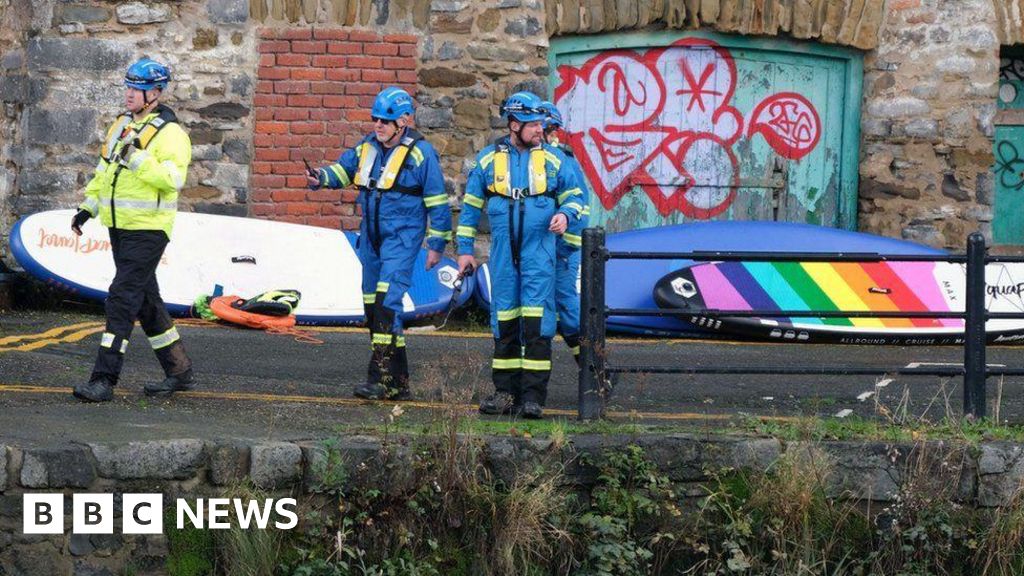The owner of a UK paddleboard company, which could just as easily have been a canoe company, was convicted of gross negligence manslaughter and imprisoned for 10.5 years in Wales for failing to warn four now-dead customers of the hazards of a low head dam (weir).
Here's a short AP article:

 apnews.com
apnews.com
Here's a longer BBC article on the details:

 www.bbc.com
www.bbc.com
Here's an informative YouTube video, not of the deaths themselves, but showing the weir and how the owner descended it on a central fish ramp. She did not instruct the rest of the group to do that, nor did she explain the deathly retentive power of the hydraulic reversal at the base of the weir.
Here's a short AP article:
Paddleboard guide who led 4 people to their deaths on Welsh river imprisoned for 10 years
A former Welsh police officer who led four people to their deaths in a paddleboarding tragedy in the U.K. has been sentenced to 10.5 years in prison.
Here's a longer BBC article on the details:

Haverfordwest paddleboard deaths: What lessons have been learnt?
As a woman is jailed, how did this tragedy happen and how can we prevent it happening again?
Here's an informative YouTube video, not of the deaths themselves, but showing the weir and how the owner descended it on a central fish ramp. She did not instruct the rest of the group to do that, nor did she explain the deathly retentive power of the hydraulic reversal at the base of the weir.
